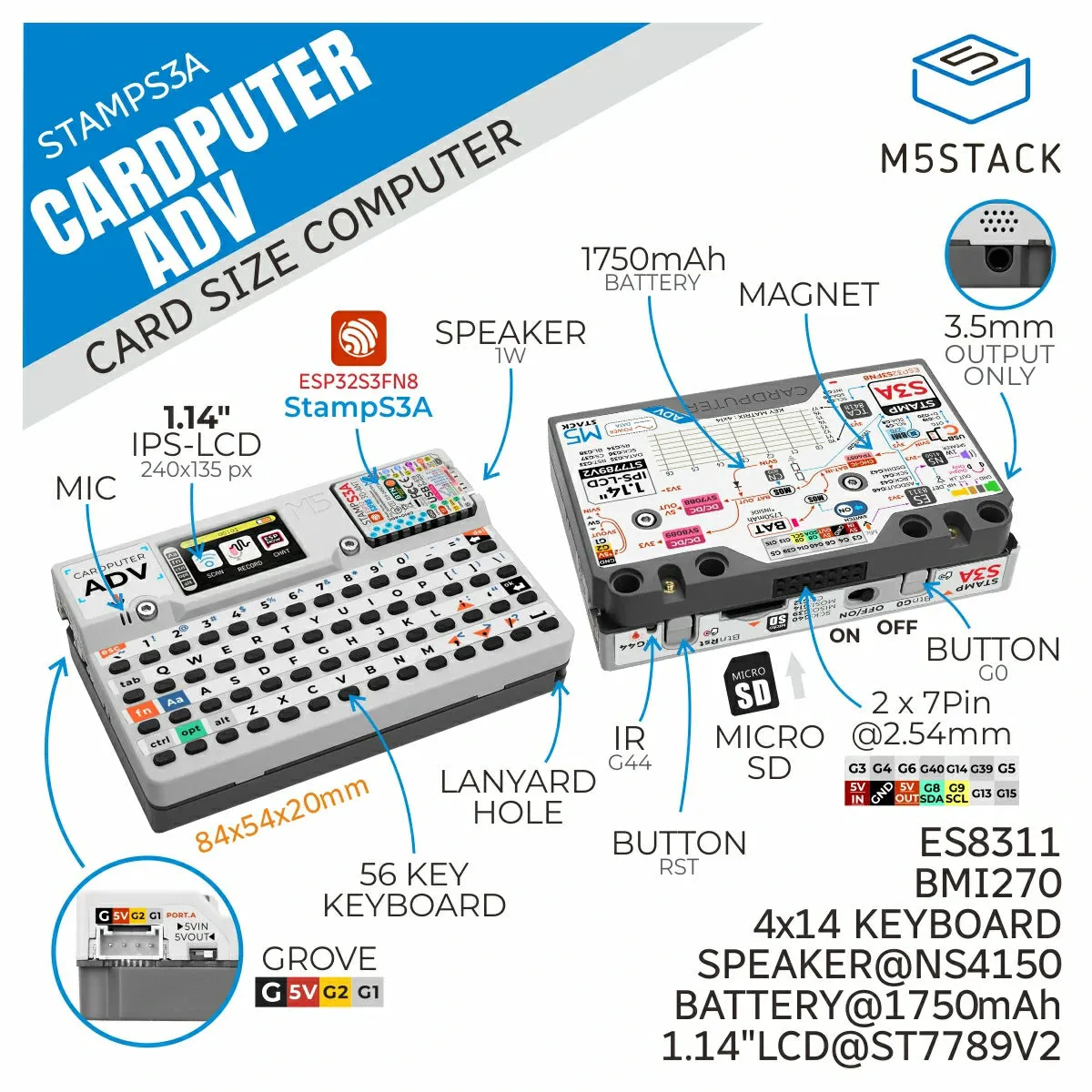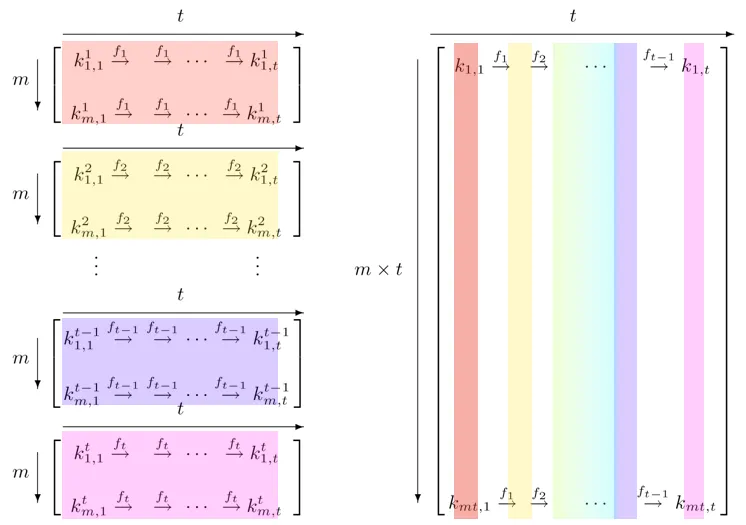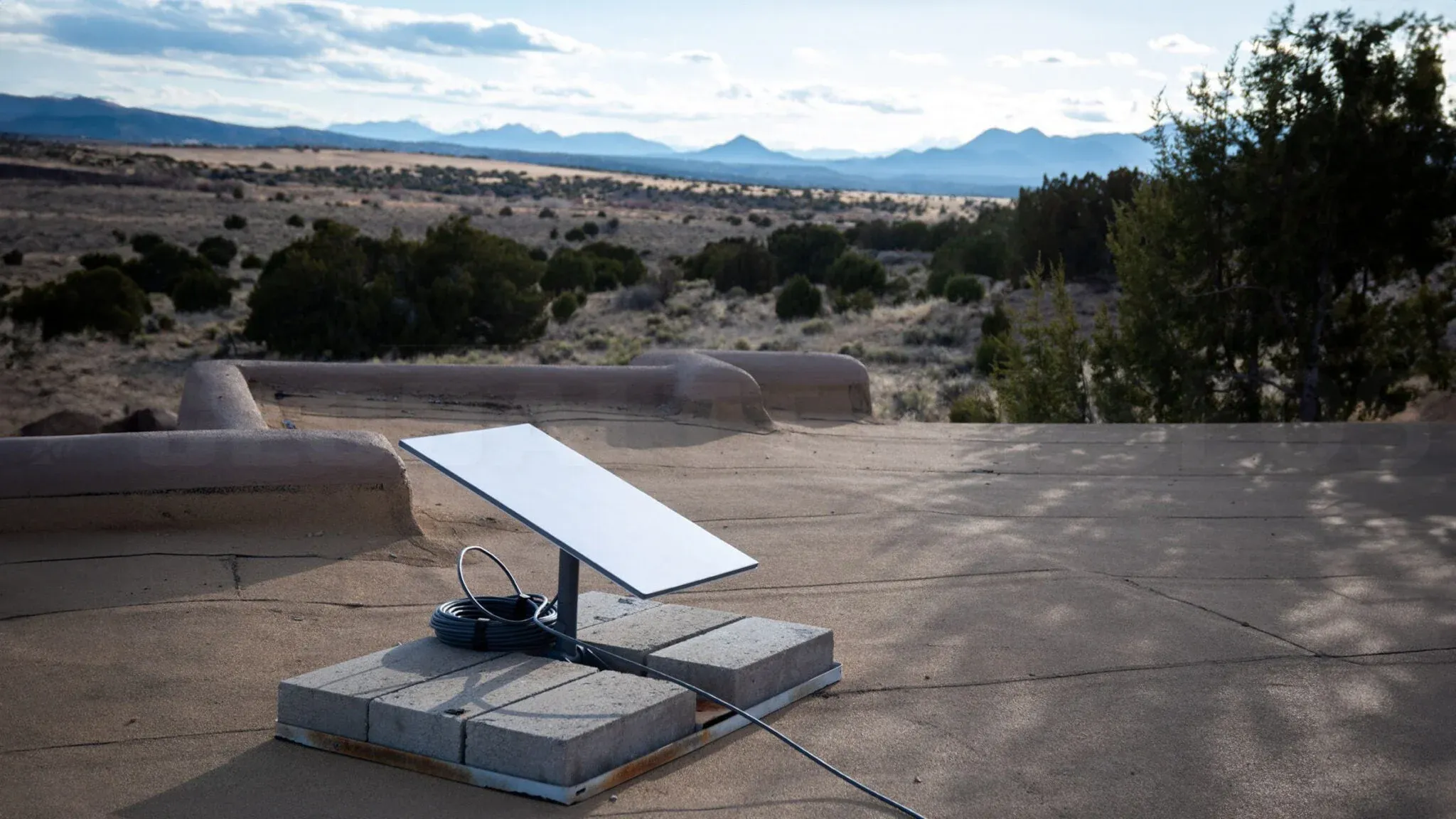10BASE2 Cheapernet: A Look Back at Early Ethernet Technology
In the early days of computer networking, 10BASE2, also known as Cheapernet or Thin Ethernet, played a significant role in connecting computers in local area networks (LANs). Let’s take a journey back in time to explore this technology that paved the way for modern networking.
10BASE2 was introduced in the 1980s as part of the IEEE 802.3 standard for Ethernet networks. It was developed as a less expensive alternative to the original 10BASE5 (Thicknet) Ethernet standard. The name “Cheapernet” was coined due to its lower cost compared to its predecessor.
Key Characteristics:
- Cable: 10BASE2 used RG-58 coaxial cable, which was thinner and more flexible than the thick coaxial cable used in 10BASE5.
- Speed: As implied by the “10” in its name, 10BASE2 operated at 10 Mbps (megabits per second).
- Segment Length: The “2” in 10BASE2 approximates the maximum segment length of 200 meters (actually 185 meters or about 607 feet).
- Topology: It used a bus topology, where all devices shared a single cable.
Equipment and Connectivity:
- Network Interface Cards (NICs): Each computer required a network interface card with a BNC (Bayonet Neill–Concelman) connector.
- BNC T-connectors: These were used to connect the network cable to the NIC.
- Terminators: 50-ohm terminators were required at both ends of the cable segment to prevent signal reflections.
- BNC Barrel Connectors: Used to join two cable segments together.
Networking:
10BASE2 networks operated using the CSMA/CD (Carrier Sense Multiple Access with Collision Detection) protocol. This allowed multiple devices to share the same cable but could lead to collisions when two devices transmitted simultaneously.
Advantages:
- Lower cost compared to 10BASE5
- Easier to install due to thinner, more flexible cable
- Simpler connectivity with BNC connectors
Disadvantages:
- Limited segment length
- Susceptible to single point of failure (a break in the cable would bring down the entire network segment)
- Difficulty in troubleshooting (finding a break in the cable could be challenging)
Usage:
10BASE2 was widely used in small to medium-sized networks, particularly in office environments and academic institutions throughout the 1980s and early 1990s. It was especially popular for connecting computers within a single room or floor.
Legacy and Obsolescence:
While revolutionary for its time, 10BASE2 began to fade in popularity by the mid-1990s. The introduction of 10BASE-T, which used twisted pair cables and a star topology, offered several advantages:
- Easier troubleshooting and maintenance
- Higher reliability (a single cable failure wouldn’t bring down the entire network)
- Support for higher speeds in future standards (100BASE-TX, 1000BASE-T)
Today, 10BASE2 is considered obsolete and is rarely, if ever, used in modern networks. However, understanding its history and characteristics provides valuable insight into the evolution of networking technology.

10BASE2 Cheapernet played a crucial role in the early adoption of Ethernet networking. While it may seem primitive by today’s standards, it was a significant step forward in making network connectivity more accessible and affordable. The lessons learned from 10BASE2 implementation contributed to the development of more robust and faster networking technologies that we rely on today.
As we enjoy our high-speed, wireless networks, it’s worth remembering the path that led us here, including the era of 10BASE2 Cheapernet.






Post Comment